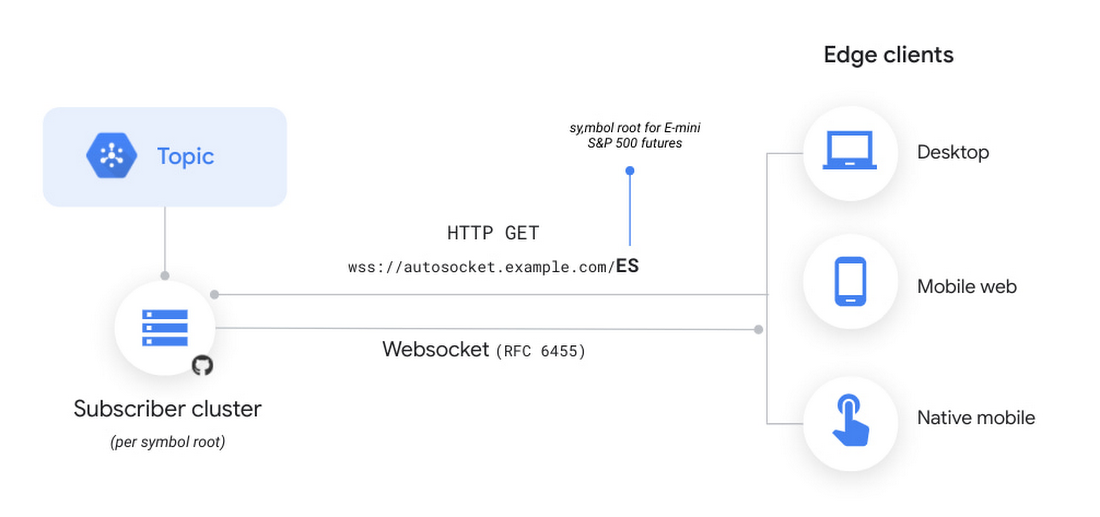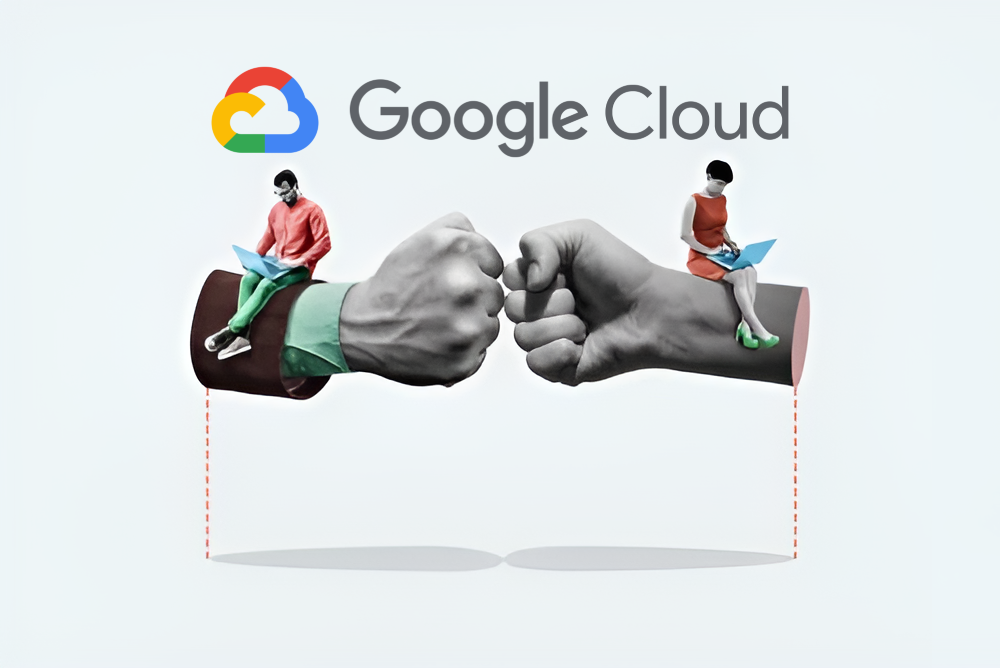Introduction: Embracing Real-Time Market Data in Financial Services
In the fast-paced world of financial services, the ability to access and process real-time market data is crucial. Traditionally, this required significant investment in infrastructure and co-location with data providers. However, with the advent of cloud technologies, firms can now build scalable, low-latency streaming pipelines without the hefty overheads.
Simplifying Access to Real-Time Market Data
Historically, accessing real-time market data involved complex setups, including physical hardware and dedicated teams to manage connectivity. This approach was often limited to large institutions with substantial resources.
Cloud-based solutions have democratized access to real-time data. By leveraging services like Google Cloud's Pub/Sub, firms can stream market data directly to various applications, including:
- Retail trading platforms
- Risk exposure monitoring tools
- Index publishing systems
- Predictive analytics models
This shift reduces infrastructure costs and accelerates time-to-insight for a broader range of financial entities.
Architectural Overview: Streaming Market Data with Google Cloud
A practical implementation involves using CME Group's Smart Stream service, which provides real-time data from the CME Globex trading platform. The data, initially in UDP multicast format, is forwarded to Google Cloud's Pub/Sub topics, each representing a specific financial instrument.
To distribute this data to web-based front-ends, an open-source tool named Autosocket is employed. Autosocket acts as a bridge, delivering Pub/Sub messages over WebSocket connections to client applications. This setup ensures low-latency, real-time data visualization suitable for various use cases.

Implementing the Solution: Steps to Build Your Pipeline
To replicate this architecture:
- Deploy Autosocket: Set up a Cloud Run instance configured to listen to a specific Pub/Sub topic and relay messages via WebSockets.
- Develop Front-End Application: Create a web application capable of establishing WebSocket connections and updating visualizations in response to incoming data streams.
This approach is particularly beneficial for applications requiring real-time data feeds, such as trading dashboards or market monitoring tools.
Enhancing the Pipeline: Integrating with Dataflow and BigQuery
For advanced analytics and machine learning applications, integrating the streaming pipeline with Google Cloud's Dataflow and BigQuery services is advantageous.
- Dataflow: A serverless data processing service that can ingest data from Pub/Sub, perform transformations, and output to various destinations.
- BigQuery: A scalable data warehouse solution ideal for storing and analyzing large volumes of streaming data.
By connecting Pub/Sub to Dataflow, and subsequently to BigQuery, firms can perform real-time analytics, generate insights, and feed data into machine learning models for predictive analysis.

Case Study: PayPal's Migration to Google Cloud for Streaming Analytics
PayPal transitioned its streaming analytics infrastructure to Google Cloud's Dataflow service to address challenges related to scalability, cost, and integration. The migration involved:
- Shifting from Apache Pulsar to Apache Kafka for data ingestion.
- Optimizing data pipelines for performance and efficiency.
This move enabled PayPal to achieve real-time data processing capabilities, reduce operational overhead, and enhance the scalability of its analytics platform.
Use the following SocketManager class to establish and manage a WebSocket connection for streaming real-time market data to your front-end application.
function SocketManager(endpoint) {
this.ws = undefined;
this.lastReload = undefined;
this.messagesReceived = 0;
this.endpoint = endpoint;
if (this.endpoint) {
this.connect();
}
}
SocketManager.prototype.processMessage = function(msg) {};
SocketManager.prototype.disconnect = function() {
if (this.ws) {
this.ws.close();
this.ws = undefined;
}
};
SocketManager.prototype.getMessageRate = function() {
const now = new Date().getTime();
const runningTime = now - this.lastReload;
return (this.messagesReceived / (runningTime / 1000)).toFixed(2);
};
SocketManager.prototype.connect = function() {
if (this.ws) {
this.ws.close();
}
this.ws = new WebSocket(this.endpoint);
this.ws.onmessage = (msg) => {
this.messagesReceived++;
this.processMessage(JSON.parse(msg.data));
};
this.ws.onclose = () => {
console.log("closing", this.endpoint);
this.ws = undefined;
};
this.ws.onerror = (error) => {
console.error("error:", error);
};
this.lastReload = new Date().getTime();
};
PayPal's Dataflow execution details
Conclusion: Leveraging Cloud Technologies for Real-Time Market Data
The integration of services like Pub/Sub, Dataflow, and BigQuery within Google Cloud provides financial institutions with a robust framework for real-time market data processing. This architecture supports various applications, from trading platforms to risk management systems, enabling firms to respond swiftly to market changes and make informed decisions.
By adopting these cloud-native solutions, financial services can enhance their agility, reduce infrastructure costs, and unlock new opportunities for innovation in data analytics and machine learning.















Discussion